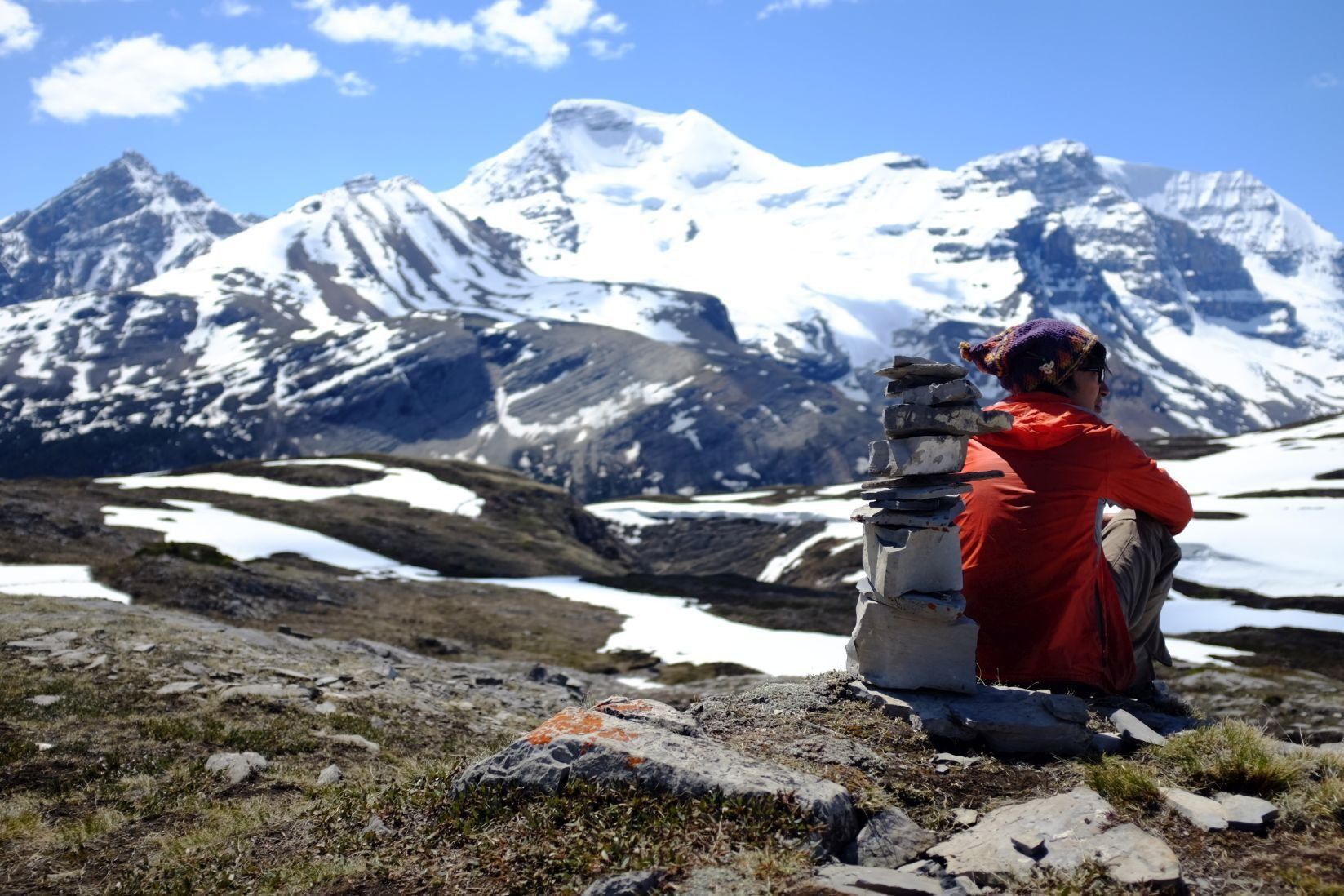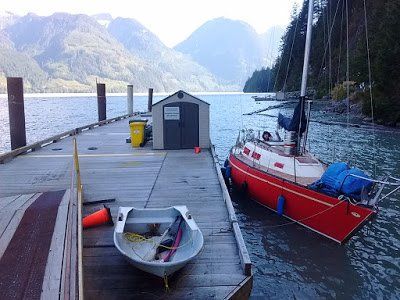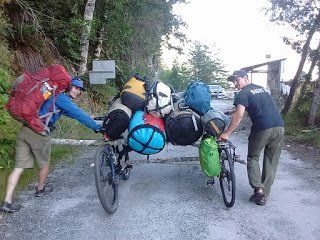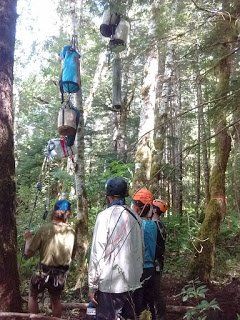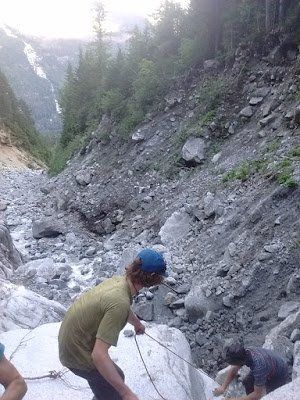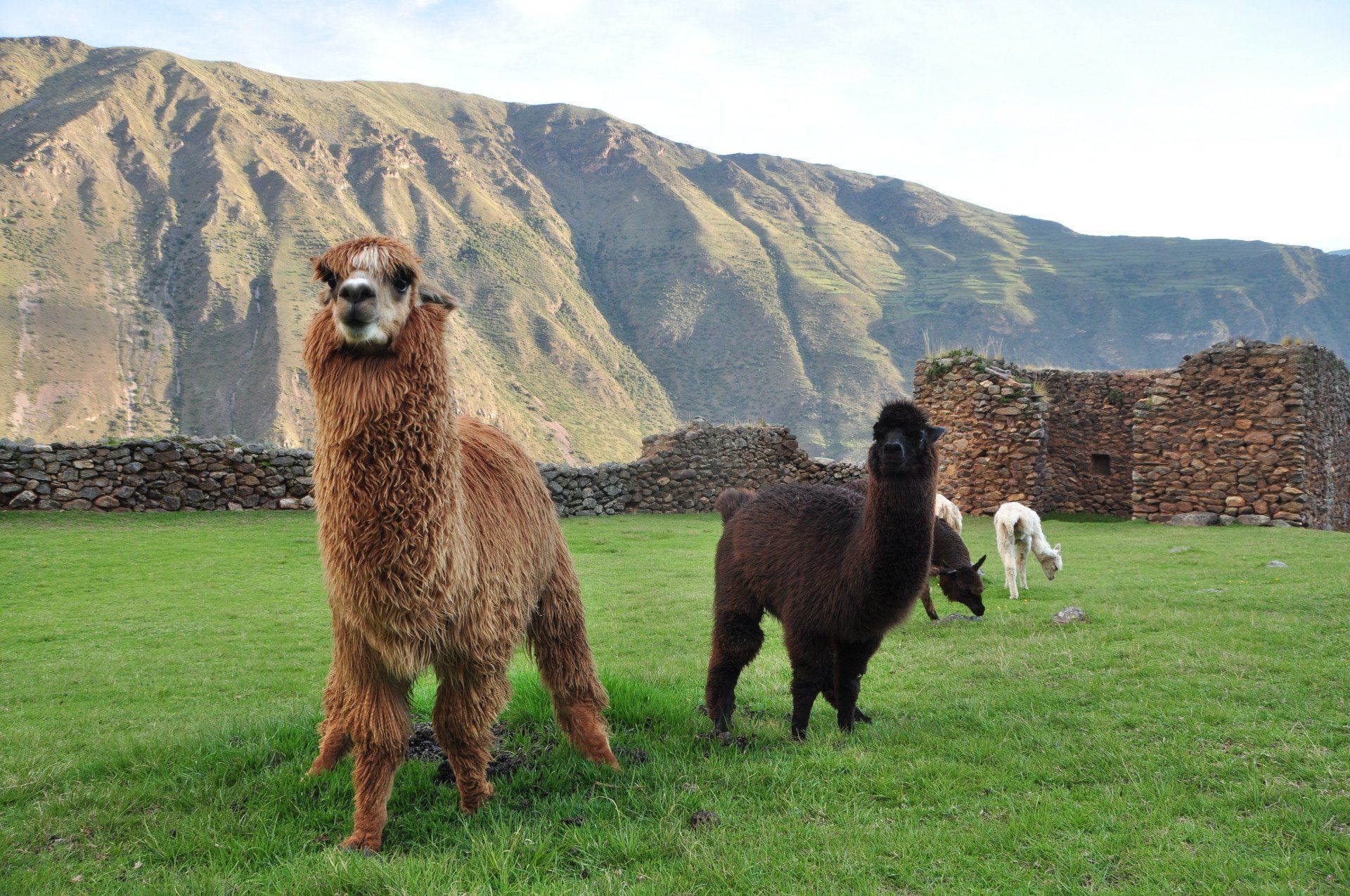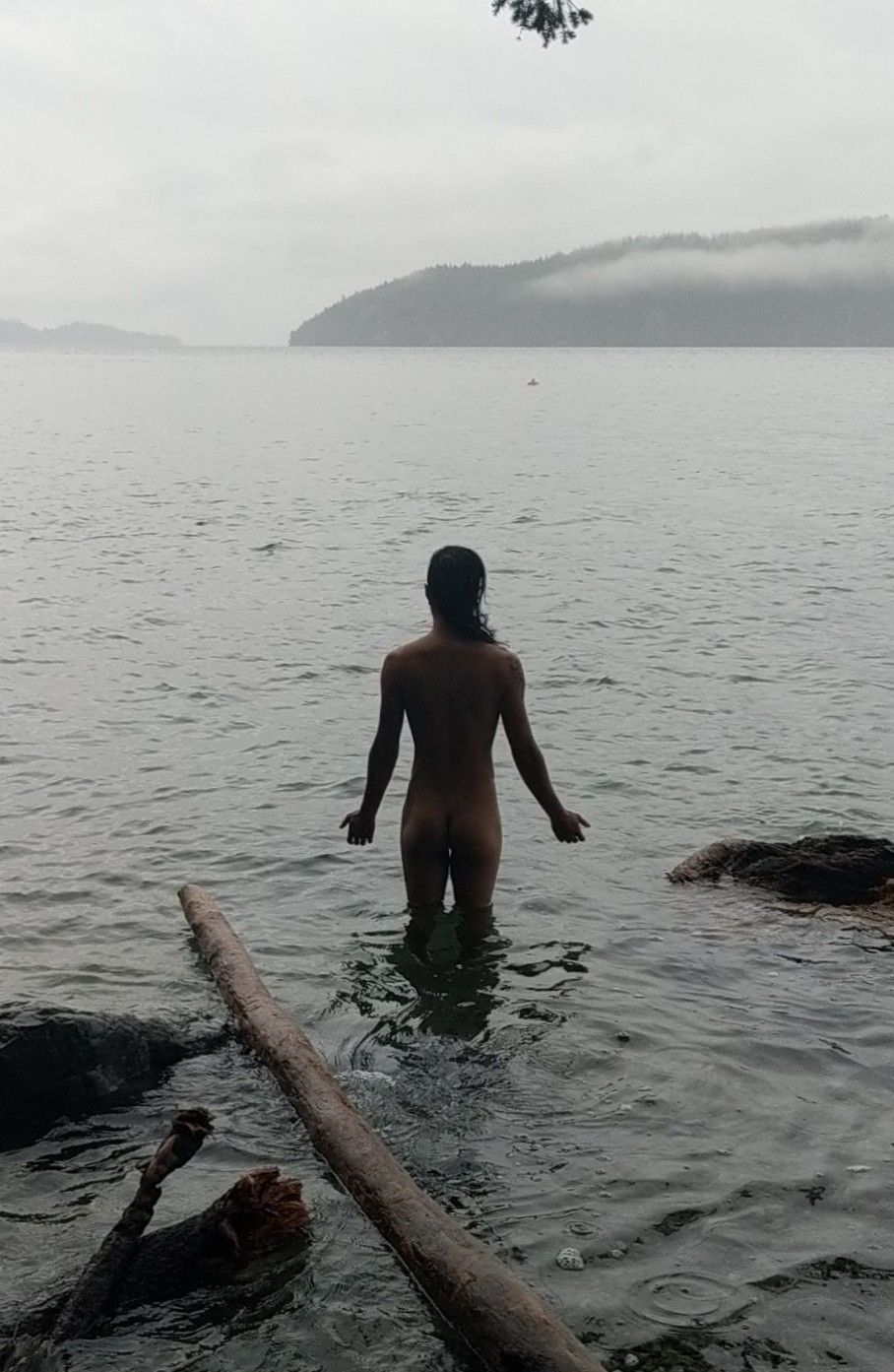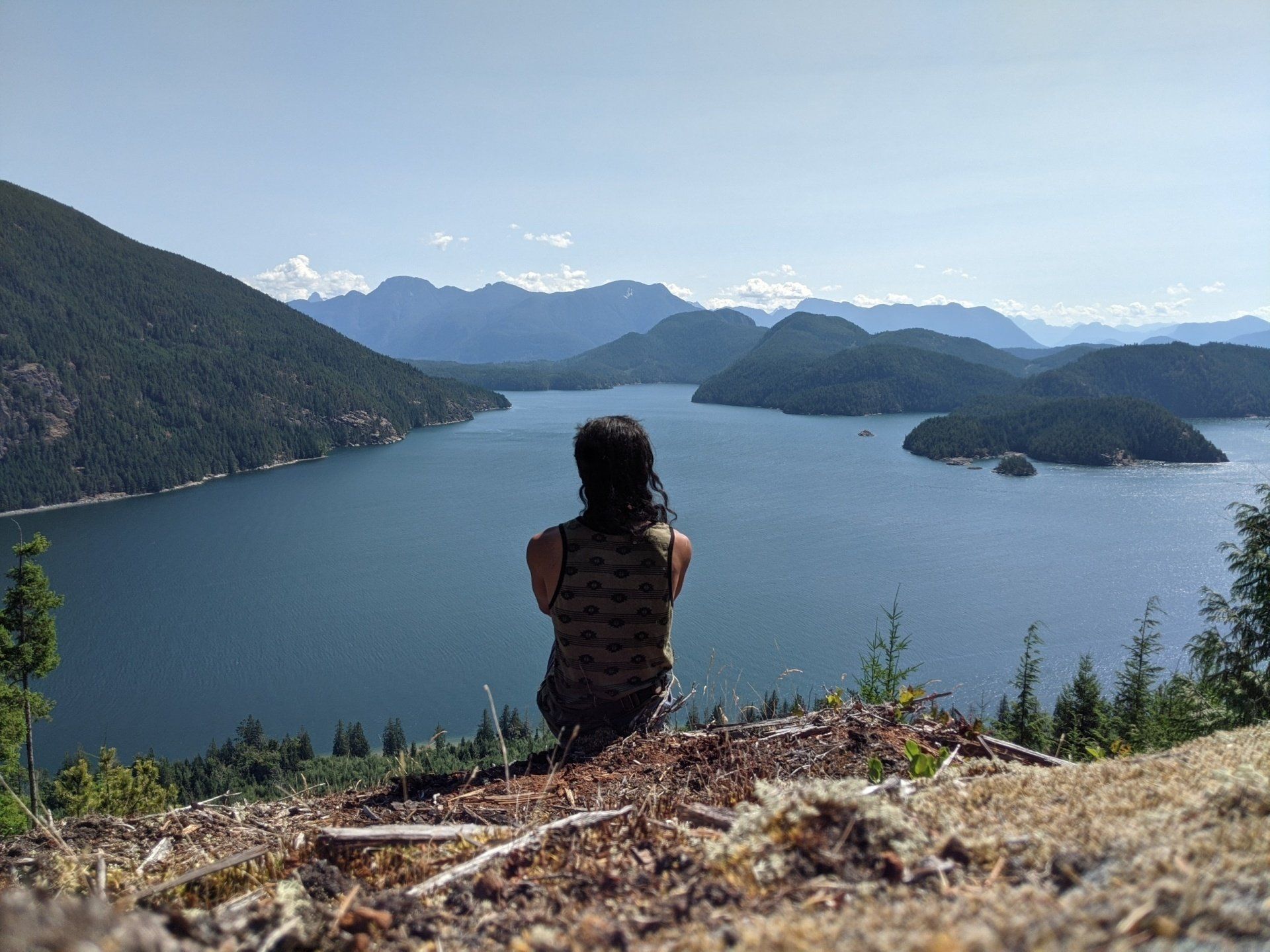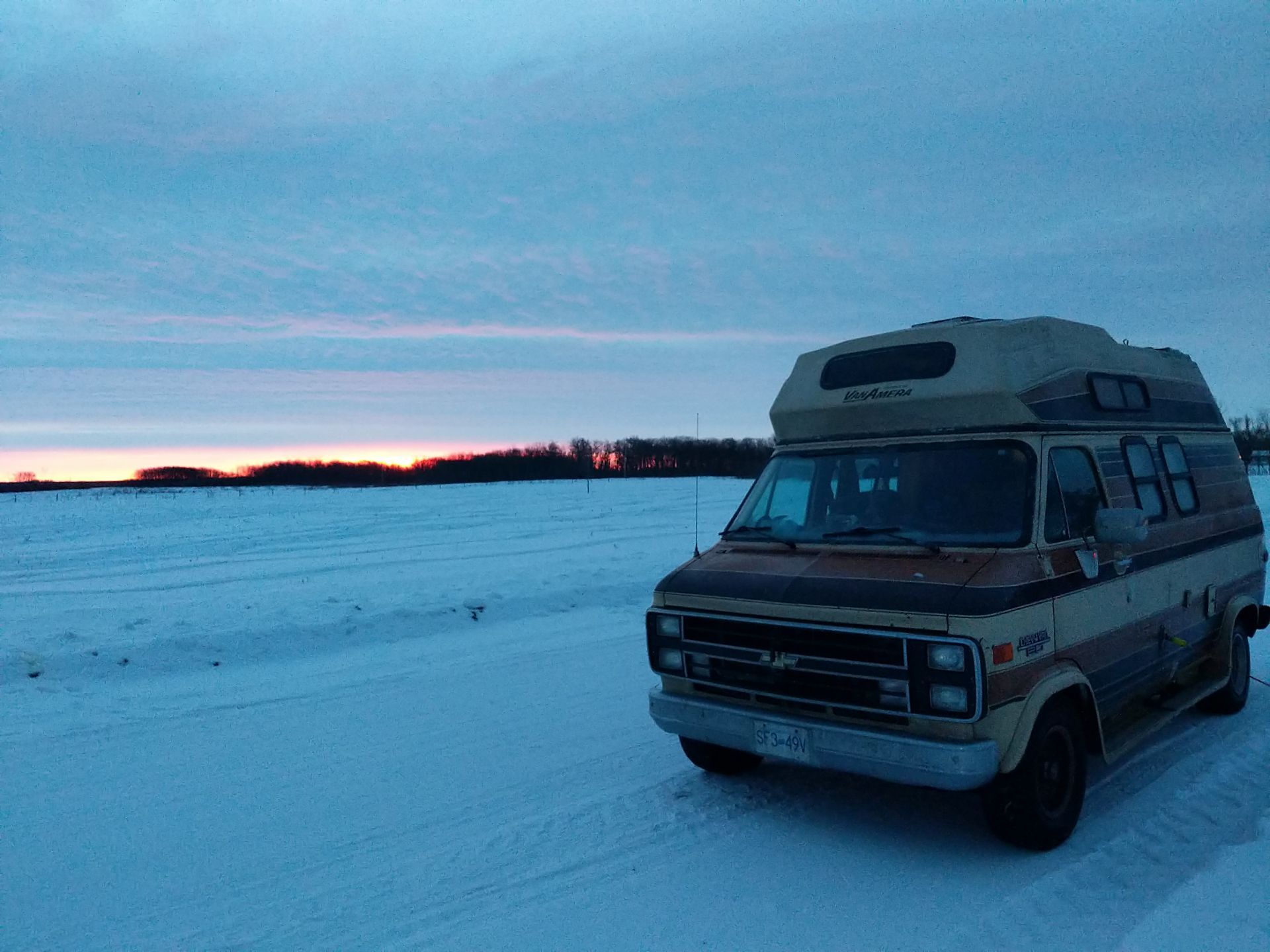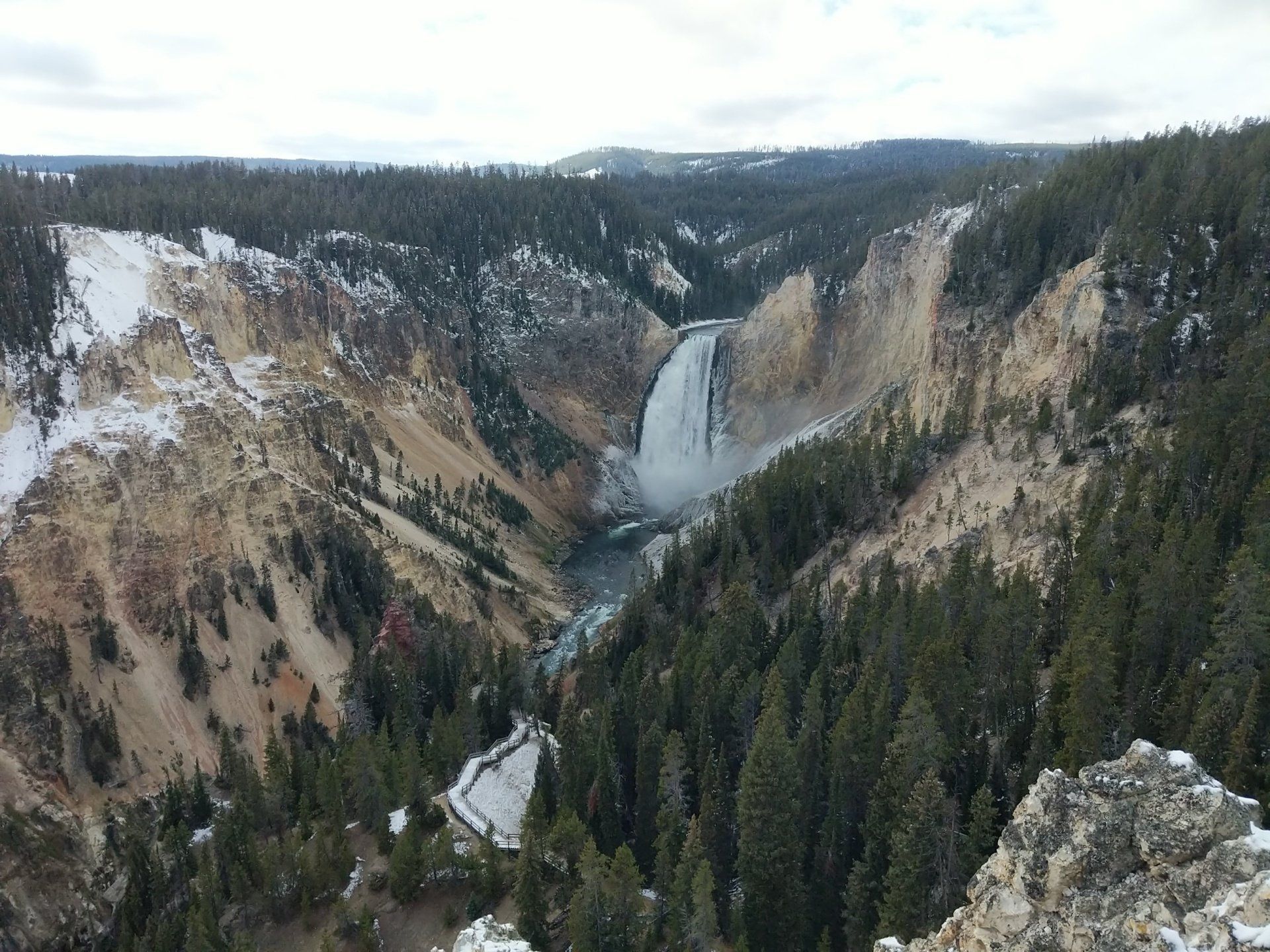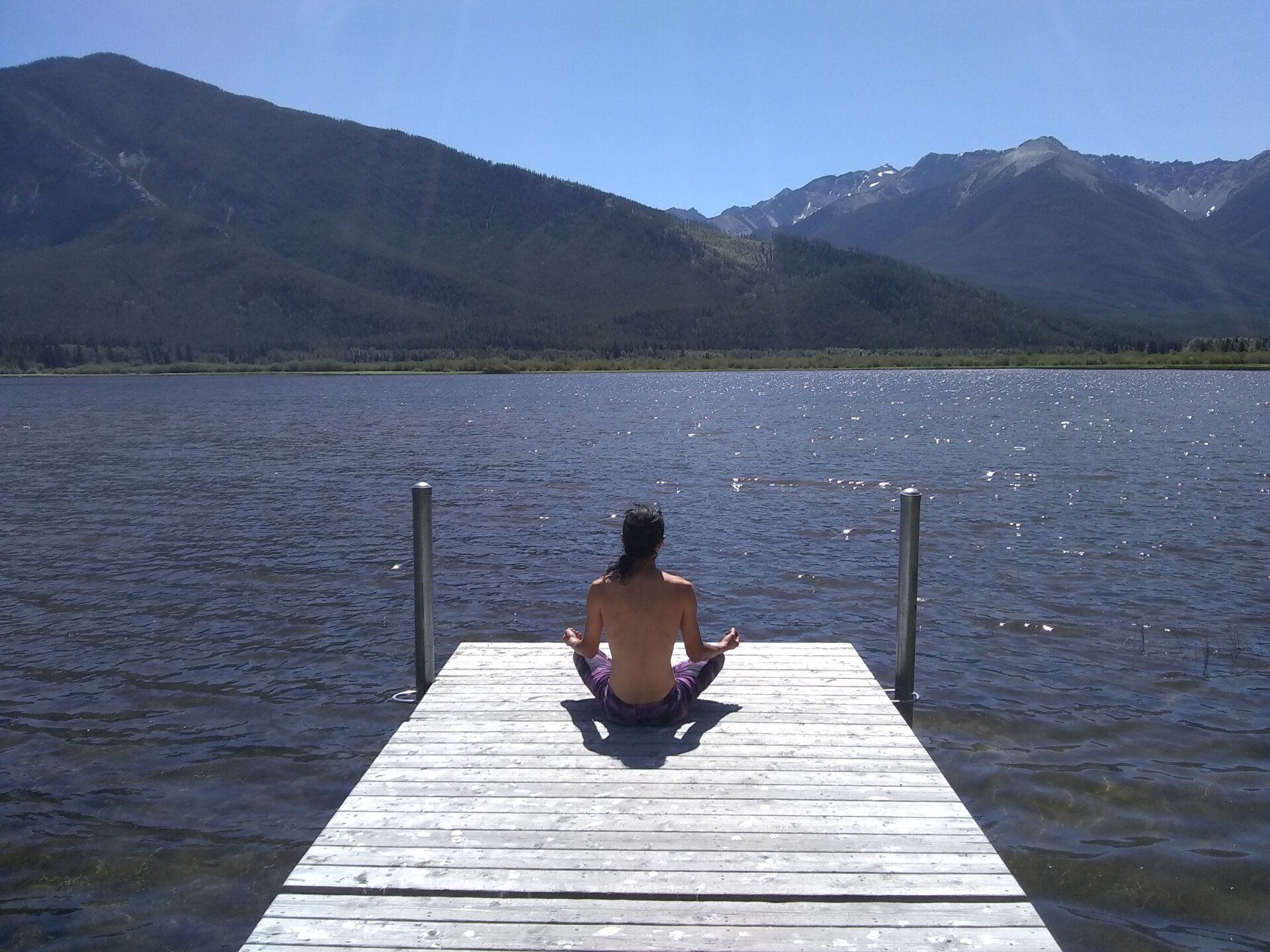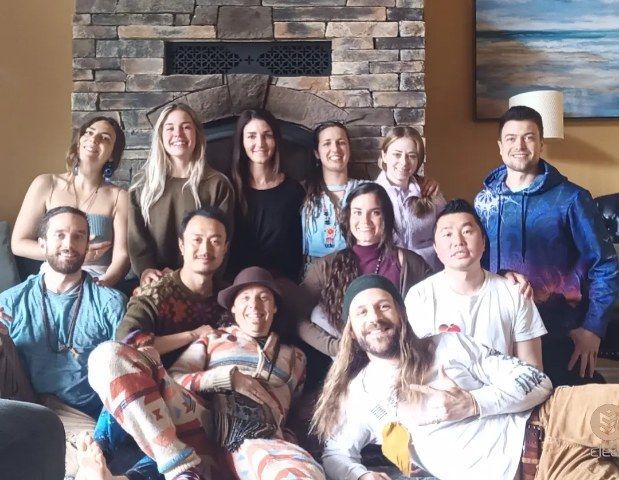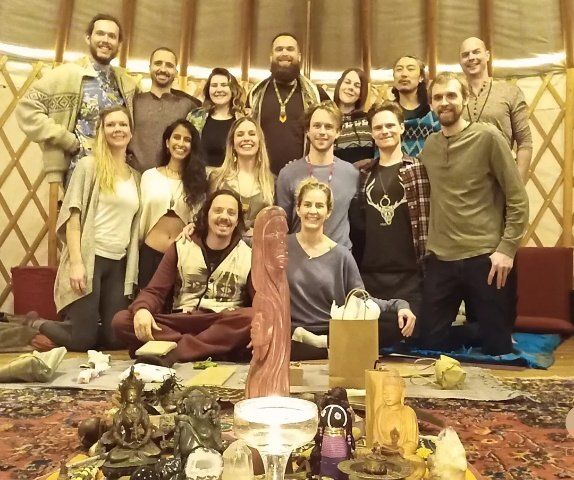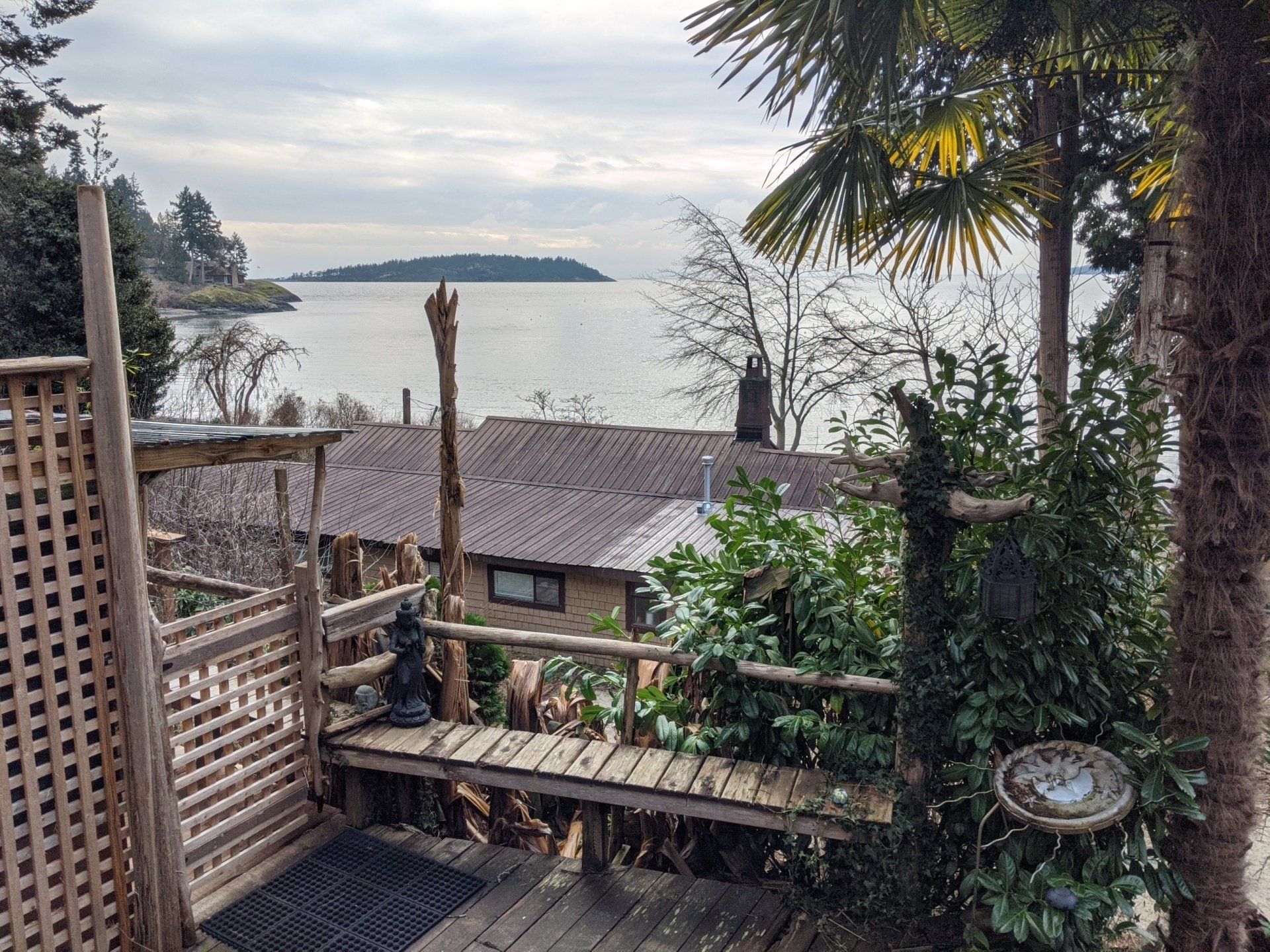From Sailboats to Summits - The Toba Adventure
A once-in-a-lifetime adventure with an epic crew
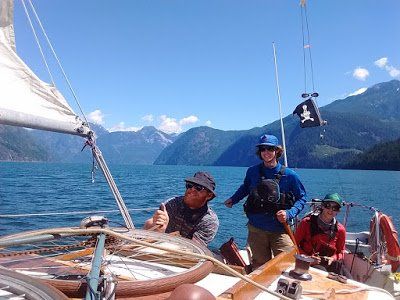
After the loggers dropped us off at our destination, Red Beard and Medicine Man find two trees to climb up and make a food cache. They've never made a food cache this heavy before, and it takes them almost 5 hours, a complex pulley system and a bit of muscle to loft the dry bags to a height untouchable by bears.
We then cross the roaring Toba River using a boat tied to a highline or tyrolean. Basically the boat is tied to a rope which spans the river. One person has to be on land to pull the rope in order to move the boat across the river.
Finally we start hiking! My backpack weighs about 20 kg, and some of the other guys have up to 35 kg on their backs. The hike begins through a cut-block, or logged area, which is easy. But soon we find the gully and start ascending it. This gully is the most treacherous challenge I have ever hiked. It is steep, uneven and full of loose rocks and gravel. There are a few spots where the gully is impassable with our packs on, and we need to break out climbing ropes and gear to get past it.
We were forced to sleep in the gully that night. Luckily, we found some flat enough sections along the steep gully, using ice axes to expose the soft ground, and sleep side by side in the open air, with the stream rushing by and the stars watching over us.
The next morning we spend another 10 hours ascending the gully. Somehow it became steeper as we neared the top, and there were one or two moments, caught on some steep ledges and looking down, where I feared for my life, my adrenaline nearly pumping my heart out of my chest, and feeling nearly like throwing up. It was both an incredible relief and a miracle when we finally made it to the top of the gully!
During most of the day I was in disbelief that this crew put their faith in me to keep up with them without hurting myself. Now I was in disbelief at the beautiful view, and the fact we were only the second party to ever come here! It was a truly special moment, and the crew celebrated with big smiles and hugs.
On the night of our arrival we had time just to make camp, dinner and sleep. Early next morning, the power couple crossed the glacier and with their rock climbing gear, climbed to the summit of one of the surrounding mountains - a rare and awesome feat they will be proud of the rest of their lives.
By contrast Red Beard, Medicine Man and I took it relatively easy. We spent 2 full days in our alpine camp, doing some light hiking, bouldering, stretching, and just enjoying the view and eachother's company, sharing interesting stories and tidbits of wisdom.
The fourth day was a day I was silently dreading ever since we started ascending the gully. It was the descent. I was worried sick about going down such steep slopes and gnarly rocks with 20 kg on my back.
We started early morning, bushwhacking through the forests in order to avoid the steep gully. While safer, this was no simple task. Pushing our way through bushes and branches, stepping through thick, moist vegetation, while descending a 45 degree slope was extremely slow, frustrating and tiring.
At some point we could no longer avoid the gully. We had to set up a rappel system so that we could descend the cliff like slope into the gully. Rappelling down the slope, in simple terms, involved dangling a really long rope, secured at the top, and sliding down the rope with a gri-gri, a tool that allows you to slowly slide down a rope with a controlled grip and safety mechanism.
Back in the gully, moving down it required being very patient and methodical. Every step was prone to slippage, and potentially a rough slide down the steep sides of the gully. A long day's hike like this requires a zen approach. A steep gravel patch gave way one time, and I slid around 10 feet down the slope. Thankfully I was not seriously hurt, but I came away with scratches bleeding down my arms and legs. Oh, I also cracked my cell phone during this accident!
By the time we made it to the bottom of the gully, we were beat up, sweaty and dead tired. However, as it was when we first ascended the gully, we felt a mix of relief and excitement at completing such a great accomplishment. To top off the moment, just after exiting the gully, we saw a cougar! (sorry no pics)
After taking down our food cache, we made dinner, camp, and had a big sleep, recovering from the day's toil. The next morning was a decision point: the enormous food cache was there to give the Dillas the flexibility to refuel and return to the alpine camp multiple times, allowing them to stay for several weeks if they so desired. However, even for this gnarly group of adventurers the gully was more work than they expected and they decided it wasn't worth the trouble.
So we packed everything up and got ready to go. As luck has been on our side this trip, we encountered the loggers, who drove us back to our sailboat, and we eventually sailed back to Powell River, ending The Toba Adventure.
When I look back over the past several years, every new adventure has been bigger and better than the last, and I've been constantly outdoing myself. I'm not sure it'll get any bigger and better than this! If I hang up my hiking boots after this adventure, I'll have no regrets.
But as important as the adventure itself were the amazing people I shared it with. I learned so much and gained so much inspiration from them. I also know who to turn to when there's an apocalypse - these guys are the masters of survival and adaptation. The Toba Adventure will live on in my memory but the Toba crew will forever be in my heart.
